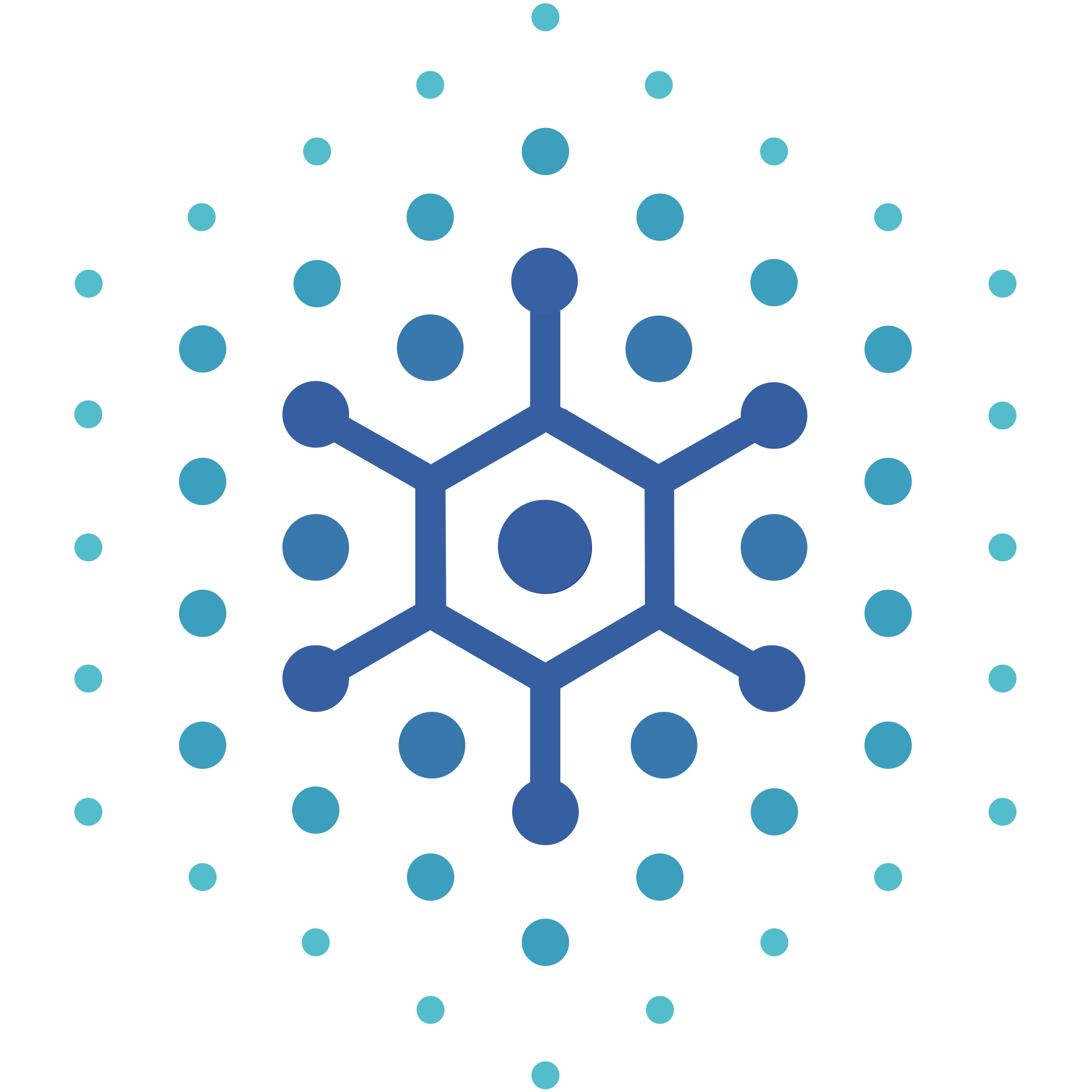Is Your CRM Helping or Hindering Your Client Service? A Case for Operational Excellence
When it comes to delivering exceptional client experience in financial advisory firms, efficiency and consistency are everything. Yet, many firms unknowingly allow inefficiencies to creep into their operations, especially within their Client Relationship Management (CRM) systems.
At Simplicity Ops, we recently completed an Operational Assessment for a prospect that has a growing advisory firm with multiple lines of business. This assessment underscored a critical insight: your CRM isn’t just a database—it’s the operational backbone of your client service experience. But only if it's optimized.
Recognizing the Problem
This prospect approached us with a straightforward yet universal challenge: they knew their CRM, Redtail, could do more to automate workflows, manage data, and streamline operations, but they lacked the time, expertise, and capacity to fully leverage it. As one team member noted, “We work so hard, but we need to make our repetitive tasks more efficient.”
Key issues included:
Inconsistent data entry: Missing client details like addresses, Social Security numbers, and servicing advisor assignments made it difficult to generate reliable reports or meet regulatory requirements.
Underused tools: Features like Redtail’s Opportunity Tracker, client since dates, and workflow and activity templates were in place but not used to their full potential.
Manual processes: Repetitive tasks, such as adding activities after meetings or creating thank-you emails, were consuming valuable time and increasing the risk of errors.
These pain points are common, but they don’t have to be permanent.
Why a Healthy CRM Matters
An underperforming CRM isn’t just a technical issue—it directly impacts client satisfaction. In our prospect’s case, inefficiencies in their CRM meant missed opportunities to provide proactive client service. For example, they lacked systems to automatically trigger reminders for key client milestones like turning 65 or reaching required minimum distribution (RMD) ages.
For clients, these gaps can lead to frustration or even loss of trust. Missing a key milestone or providing inconsistent communication sends the message that their needs aren’t a priority. Clients expect tailored, proactive service, and a CRM that doesn’t enable this can jeopardize those relationships.
For team members, an underperforming CRM creates a heavy administrative burden. Manual data entry, repetitive tasks, and a lack of centralized processes mean more time spent on logistics and less time engaging in meaningful, high-value activities. This inefficiency can lead to burnout, mistakes, and an overall decrease in morale. When team members feel bogged down by redundant processes, it’s harder for them to focus on building the kind of client relationships that drive business growth.
By contrast, a well-maintained CRM:
Supports consistency: Ensures every client interaction is tracked and standardized, building trust and reliability.
Enables scalability: Simplifies onboarding, client reviews, and prospect/client opportunity tracking, even as the business grows.
Empowers proactive service: Automates reminders and workflows, so clients receive timely, personalized communications.
Reduces team workload: Eliminates repetitive manual tasks and centralizes data, freeing team members to focus on higher-value activities like client engagement and strategic planning.
Improves accuracy: Minimizes errors and ensures that client data is complete and up-to-date, providing reliable insights for both client interactions and business decisions.
A robust CRM is more than a tool—it's the backbone of a thriving advisory firm. Without it, incomplete data and inconsistent usage can obscure the full picture of client relationships and team productivity, making it nearly impossible to scale effectively or make informed decisions. By addressing CRM inefficiencies, firms can unlock the dual benefits of exceptional client service and streamlined operations, empowering their teams and laying the groundwork for sustainable growth.
Building the Operational Hub
Our approach to addressing these issues involved a two-part solution: assessing their current CRM usage and providing a detailed game plan for improvement. Highlights of the plan included:
· Running a diagnostic (Operational Assessment): Conducting a thorough evaluation of the CRM’s current state to identify inefficiencies, gaps, and areas for improvement as a foundation for strategic enhancements.
Data cleanup and standardization: Starting with a solid foundation by organizing statuses, categories, and user-defined fields for accurate reporting and easier client segmentation.
Template creation and automation: Documenting repetitive processes like account opening and client reviews, then building workflows to automate task delegation and ensure nothing slips through the cracks. Creating activity and email templates to ensure communication and documentation or consistent.
Integration of tools: Introducing solutions like GReminders for appointment scheduling and Bento Engine for milestone tracking, which seamlessly integrate with Redtail.
The result? A CRM that acts as a true operational hub, allowing advisors to spend less time on manual tasks and more time delivering value to their clients.
What This Means for Your Firm
If you’re wondering whether your CRM is holding your team back, here are a few questions to consider:
Are you confident that no key client details are missing or incomplete in your database?
Is all your client information and team processes centralized in your CRM?
Are your workflows well-documented and easy for all team members to follow?
Do you have a proactive system for tracking and acting on client milestones?
If the answer to any of these is “no,” it’s time to revisit your CRM strategy.
By investing in your CRM, you’re not just improving operations—you’re ensuring your firm is equipped to provide the exceptional client service that sets you apart. Just as our prospect is on the path to a more efficient and scalable future, your firm can use its CRM to transform client service from a manual chore into a streamlined, standout experience, truly turning your CRM into the Operational Hub of your practice.

